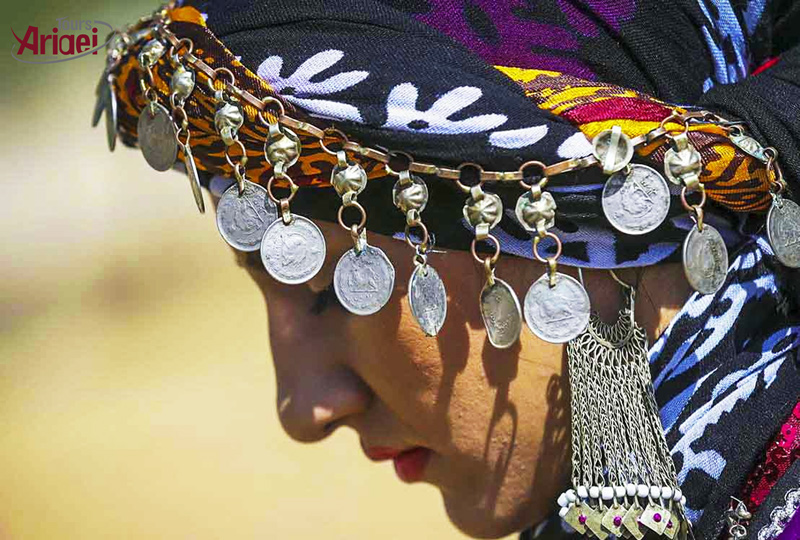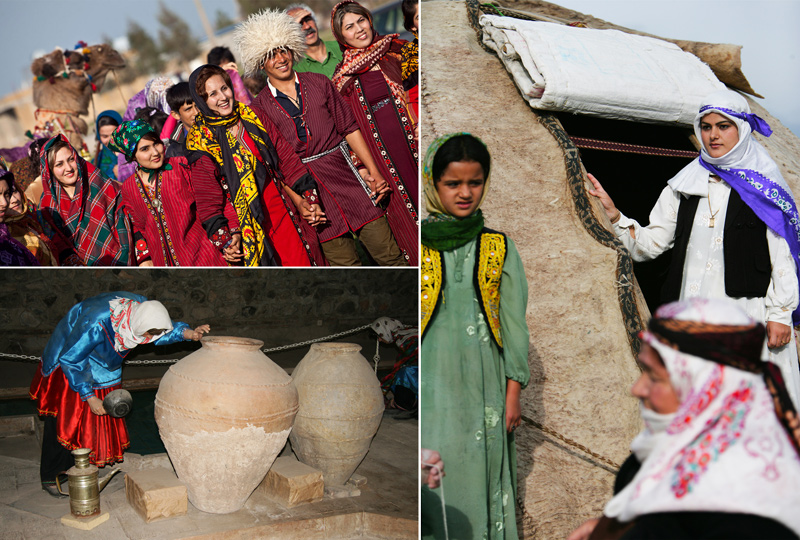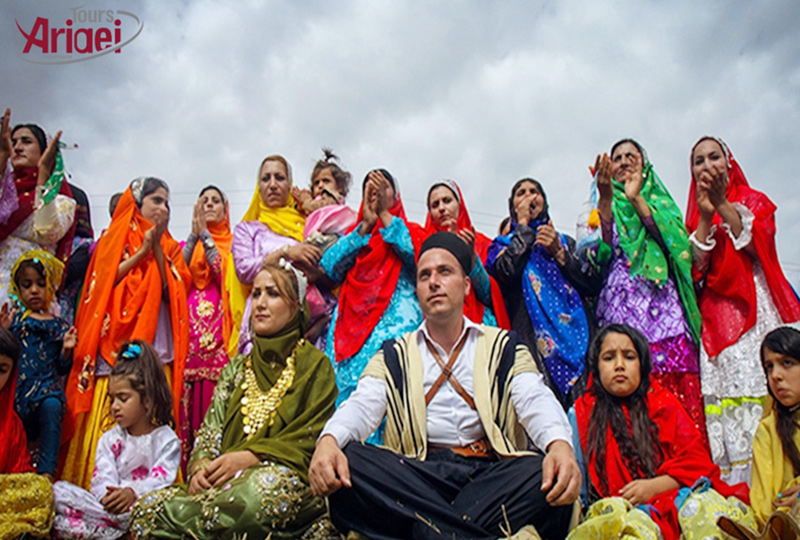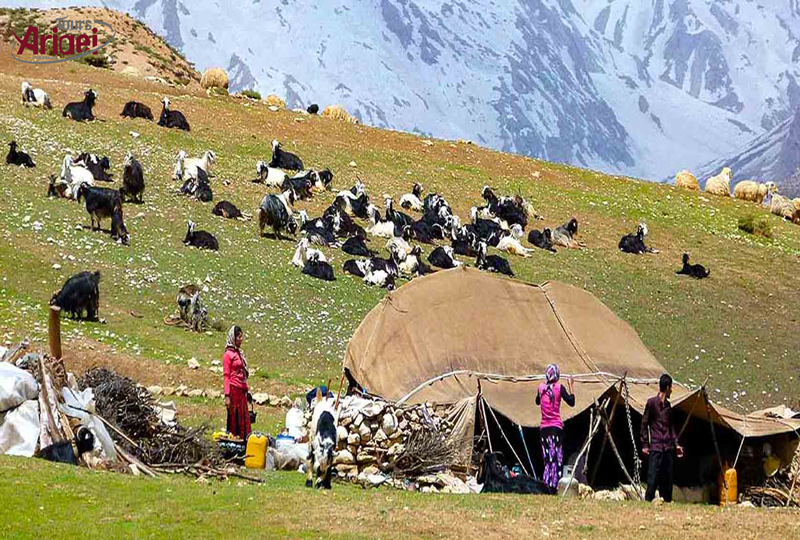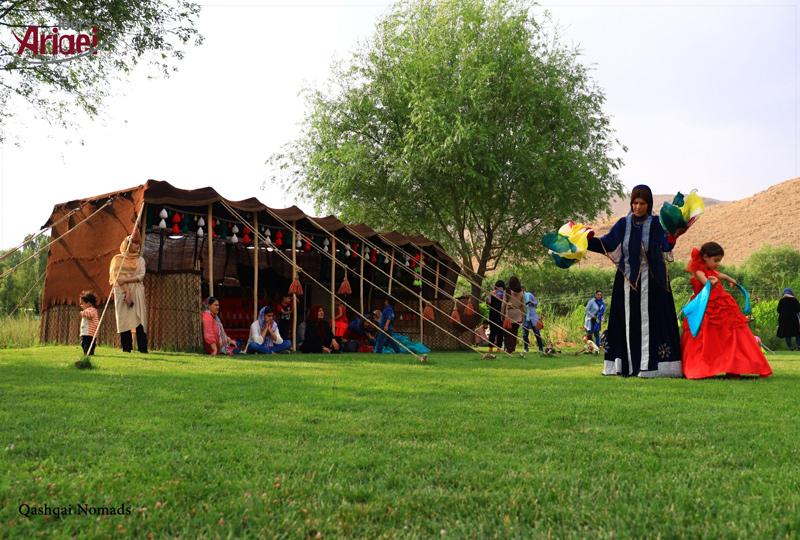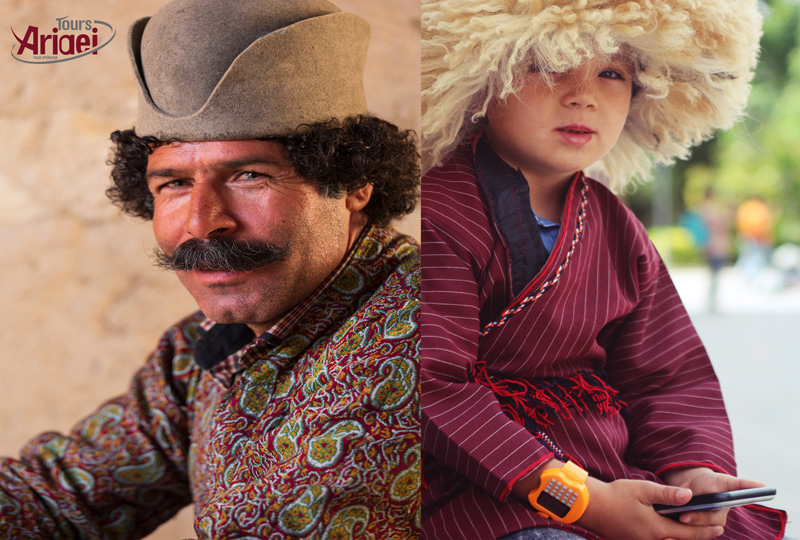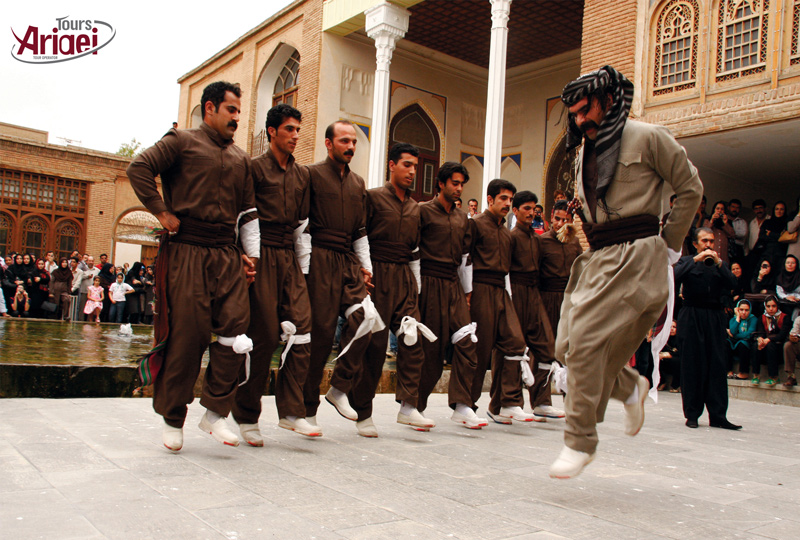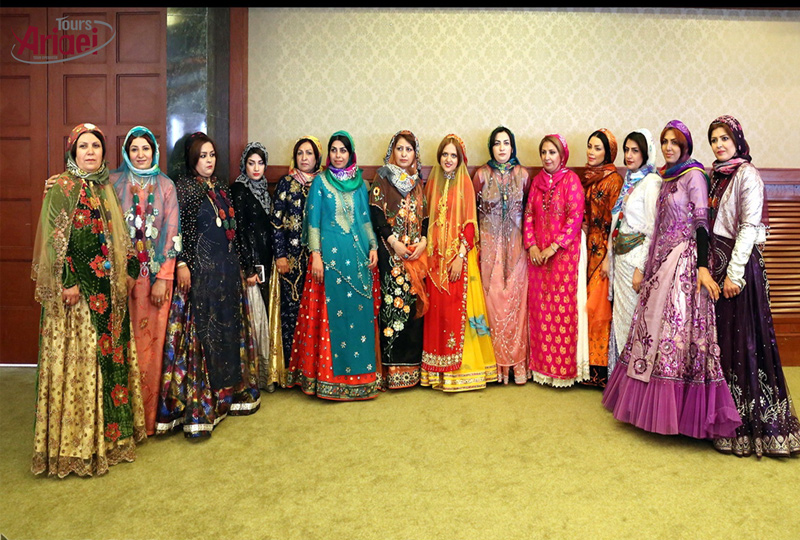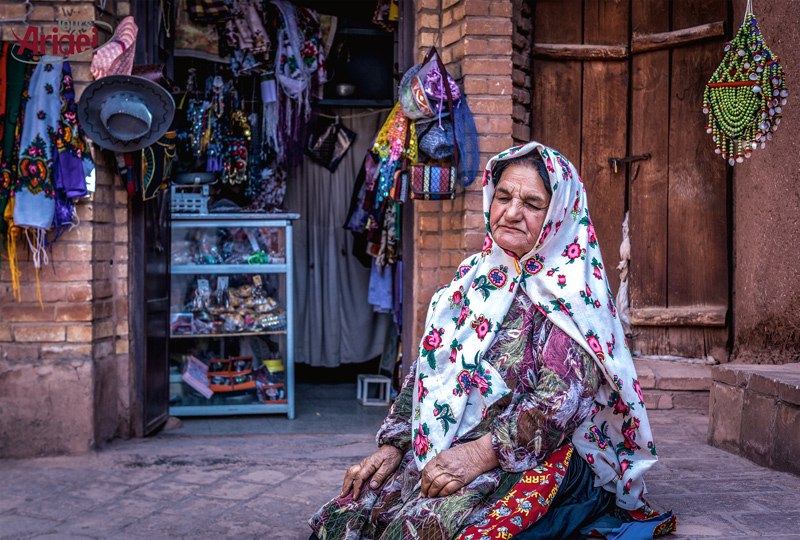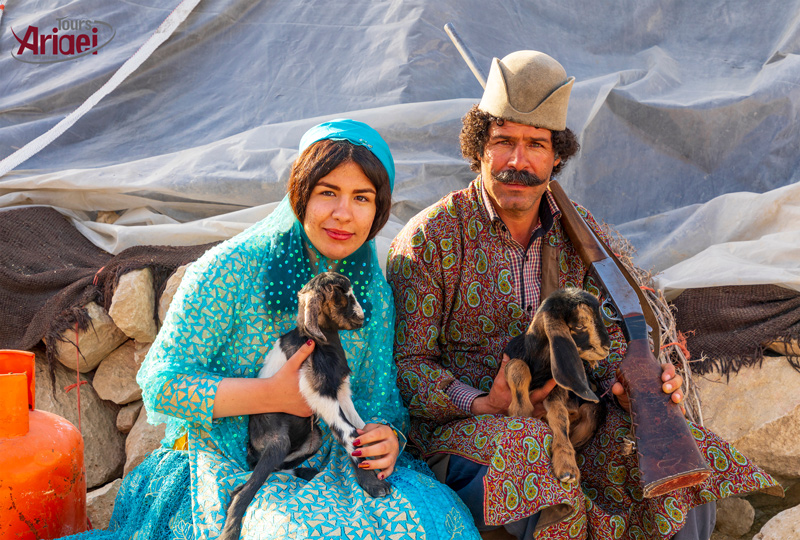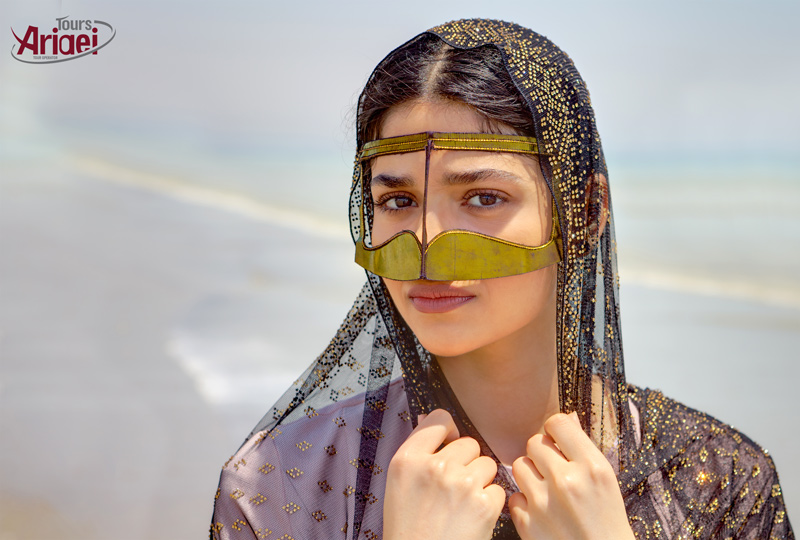Persian or Farsi, is one of the world's oldest languages still in use today and is known to have one of the most powerful literary traditions and potentials. Persian poetry with masterpieces of Saadi, Hafiz, Rumi, and Omar Khayyam is well known around the world.
Farsi, language, is the official language of the country. Other languages are also spoken such as Kurdish, Turkish, Arabic, Baluchi, Lori, and so on. Iran is the land of nomads, the beautiful mountains and plains of Iran once a year become the residence of Nomadic tribes when they immigrate from their summer residence to the winter residence or vice versa. This movement influences nomadic culture drastically. They learn that all have to work to live no matter the age or the gender and they know the true value of objects and aim to omit unnecessary things from their life. Determination, tenacity, simplicity, and independence are the most notable features of Nomads.
The nomads of Iran that have kept their migratory style of life are Turkmans that live in the eastern areas of the Caspian Sea, Shahsavans that inhabit the north-western end of Iran around Azerbaijan Province, Kurds that are a residence of the western part of Iran neighboring Lurs that live in the Lorestan Province and Bakhtiaries that live near south. Other important nomads of Iran are Qashqaies in central areas of Arabs in south and Baluchis in the east.
Turkman
Turkman is a Turkic people located primarily in Central Asia, in the state of Turkmenistan, as well as in Iran, Afghanistan, North Caucasus (Stavropol Krai), and northern Pakistan. They speak the Turkmen language.
North of Iran (Gilaki & mazani)
The Gilaki people or Gilaks are an Iranian people native to the northern Iran province of Gilan. Gilaks, along with the closely related Mazandarani. people comprise part of the Caspian people, who inhabit the southern and southwestern coastal regions of the Caspian Sea. They speak the Gilaki language, which is closely related to Mazandarani. The Mazandarani people once called their language Geleki or Gilaki, but now call it Mazani or Mazandarani, from the name of their province.
Azeris
Azeris are a Turkic ethnic group living mainly in Iranian Azerbaijan and the independent Republic of Azerbaijan. They are the second most numerous ethnic group among the Turkic peoples after Turks. They are predominantly Shi'i Muslims and have a mixed cultural heritage, including Iranian, Turkic and Caucasian elements. They comprise the largest ethnic group in the Republic of Azerbaijan and by far the second-largest ethnic group in neighboring Iran.
Kurds
Kurds is an unofficial name for the parts of northwestern Iran inhabited by Kurds which borders Iraq and Turkey. It includes Kurdistan Province, Kermanshah Province, most of the Ilam Province, and some parts of West Azerbaijan and North Khorasan provinces. Kurds generally consider northwestern Iran (Eastern Kurdistan) to be one of the four parts of a Greater Kurdistan, which also includes parts of southeastern Turkey(Northern Kurdistan), northern Syria.
Lurs
Lurs are an Iranian people living mainly in western and south-western Iran. They occupy Lorestan, Kohgiluyeh and Boyer-Ahmad, Khuzestan and Fars(especially Lamerd, Mamasani, and Rostam), Bushehr, Chaharmahal and Bakhtiari, Hamadan, Ilam and Isfahan provinces. According to the Encyclopedia of Islam, the Lurish language is the closest living language to Archaic and Middle Persian.
Baluch
Baluch is a people who live mainly in the Baluchistan region of the southeastern-most edge of the Iranian plateau in Pakistan, Iran, and Afghanistan, as well as in the Arabian Peninsula.
They mainly speak the Balochi language, a branch of Northwestern Iranian languages, and are therefore an Irenic people.
Arab
Arab is a major panethnicity whose native language is Arabic. They are an Iranian people living mainly in western and south-western in Khuzestan province.
